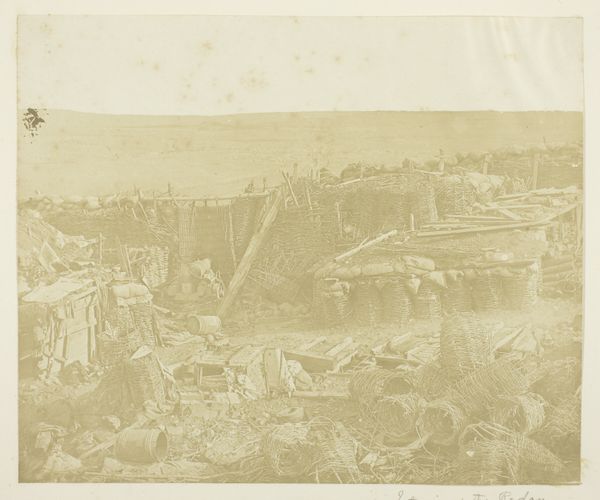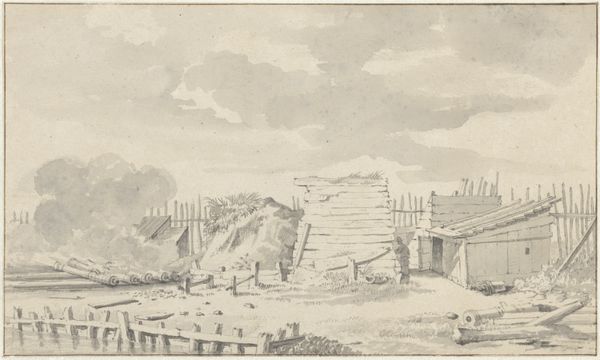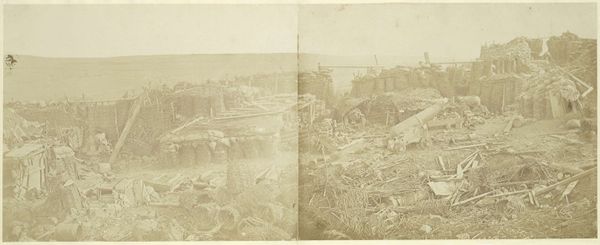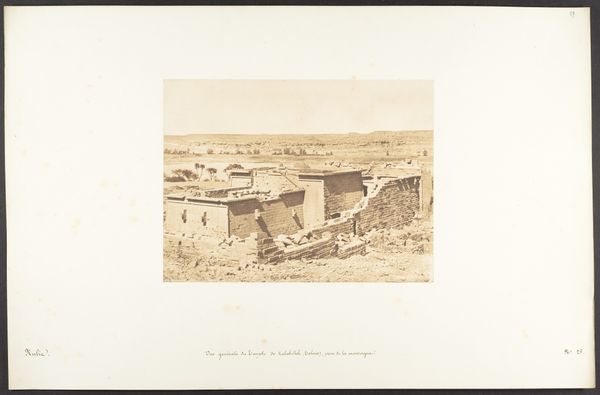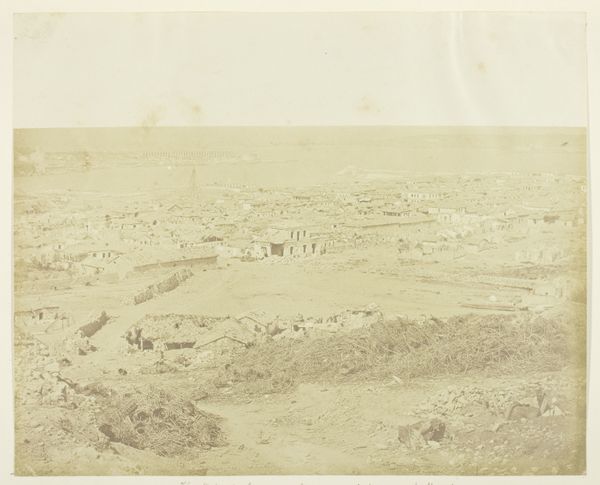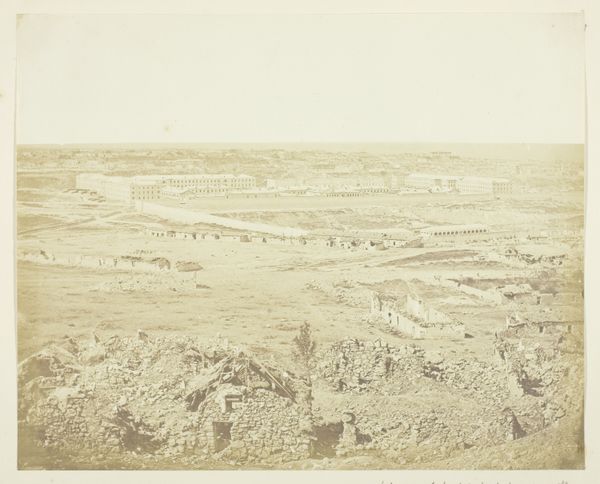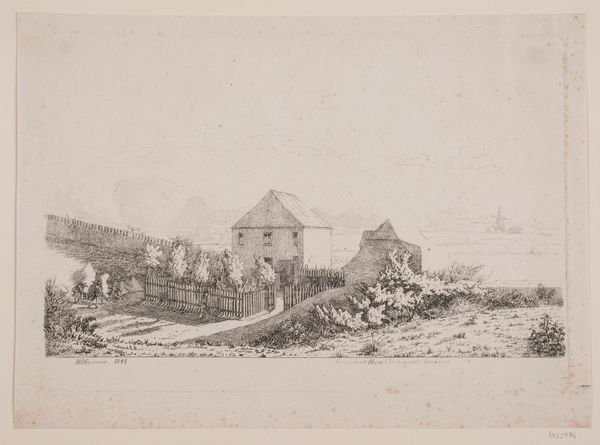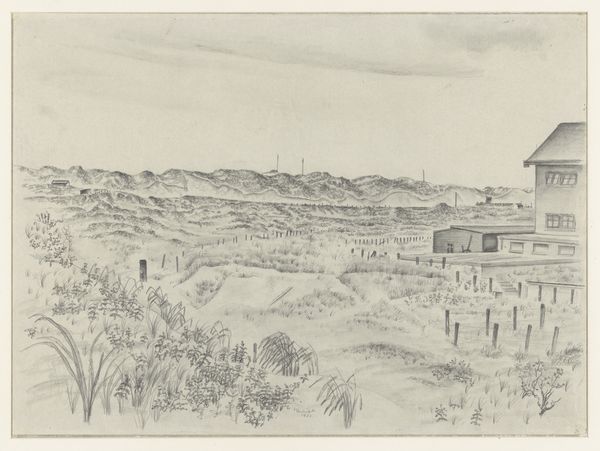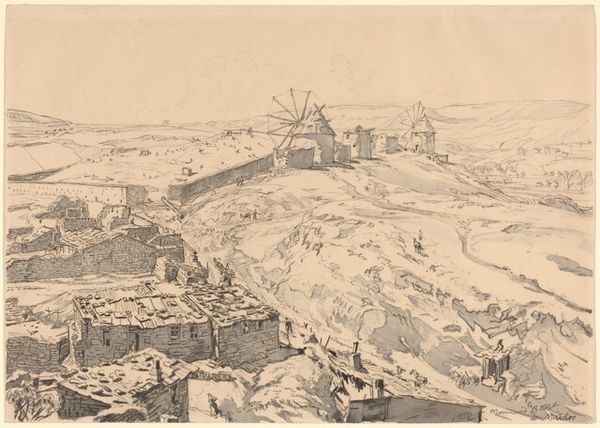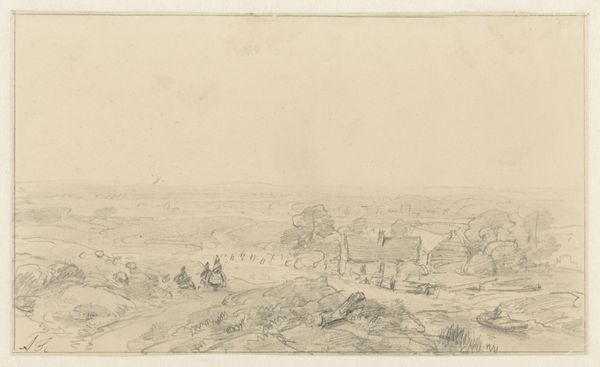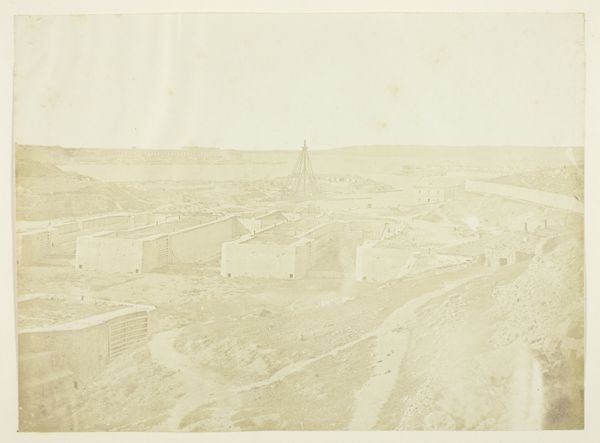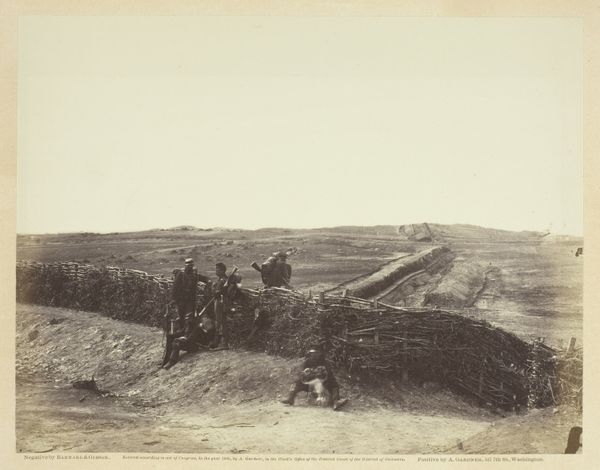
print, daguerreotype, photography
#
16_19th-century
# print
#
landscape
#
daguerreotype
#
photography
Dimensions: 23.5 × 29.5 cm (image/paper); 30.7 × 40.6 cm (mount/page)
Copyright: Public Domain
Curator: This daguerreotype, “The Malakoff Tower” by James Robertson, taken in 1855, offers us more than just a landscape. It's a window into the brutal labor of war. Editor: It’s a fascinating image. The monochromatic tones and the textures of the fortifications create such a stark visual record. How do you interpret this work beyond its surface depiction? Curator: Consider the materiality. We're looking at a photograph – a process heavily reliant on chemical reactions and the labor of creating and developing the image itself. What materials built this tower? And who hauled them? Were they conscripted locals, perhaps? How might this image have been used to shape public opinion or legitimize the conflict? Editor: That’s a very valid question. The sheer amount of manual work is evident. Do you think Robertson was intending to document the lives impacted, or perhaps focusing more on a straightforward military study? Curator: Perhaps a little of both? Early war photography, in particular, wasn't just about capturing glory or valor; it was intertwined with the burgeoning industry of visual media. Think about how the process of creating these images – the movement of materials, the photographers at work in the field, was contributing to an expanding global economy, even within such a destructive environment. What about the viewers’ perspective? Did they fully comprehend the processes? Editor: Viewing this photograph through the lens of labor and materiality reveals another complex dimension. Thank you. Curator: Precisely. It is not just a war image; it's a document of a specific historical, industrial moment, ripe for a deep analysis of labour exploitation and of the materials of war.
Comments
No comments
Be the first to comment and join the conversation on the ultimate creative platform.
